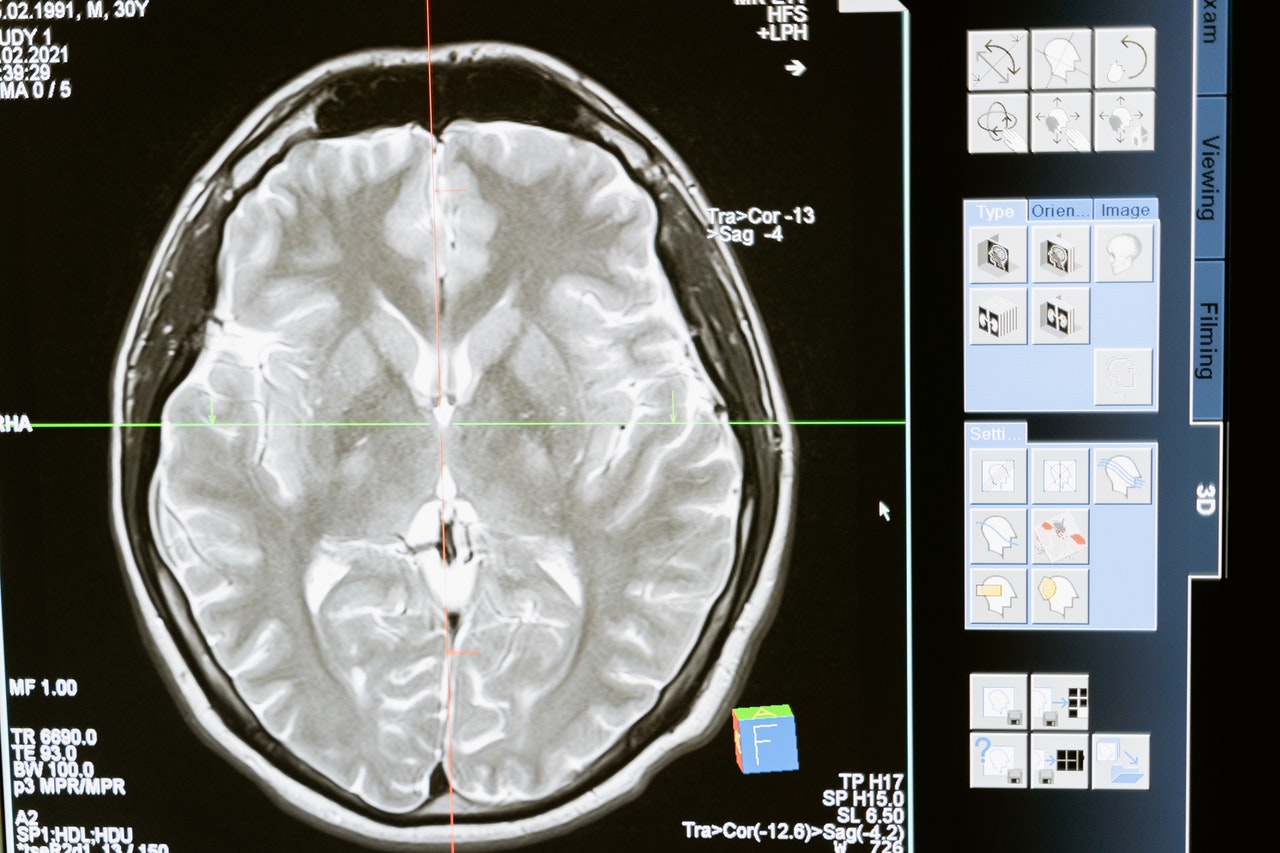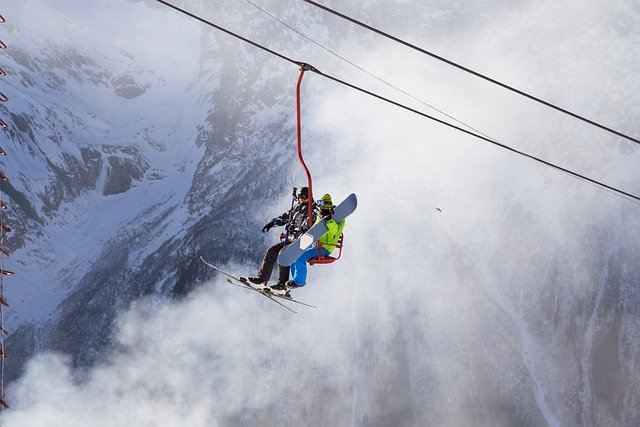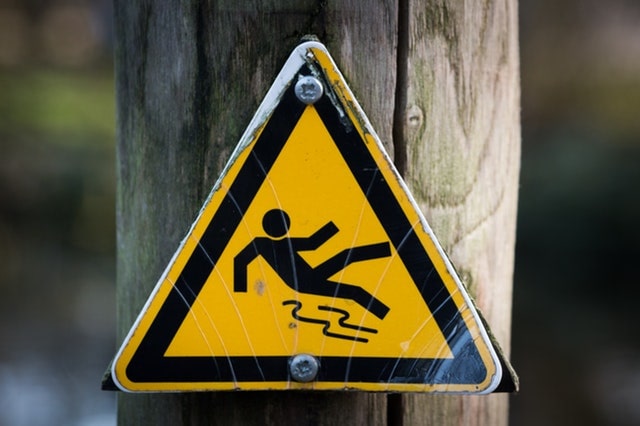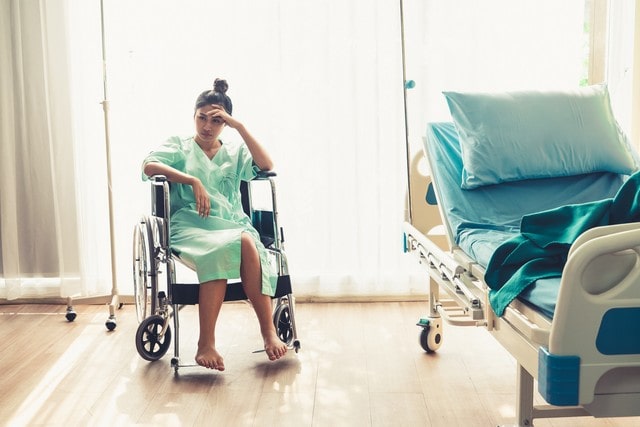
Proving Negligence in Skier Collision Cases in Vermont: A Comprehensive Guide






Seeking Maximum Compensation in Ski Collision Accidents
When a sudden collision shatters a holiday on the slopes, the aftermath can be physically, emotionally, and financially overwhelming. Injuries from a Vermont ski park accident can derail your life in an instant. If you’re facing hospital stays, expensive rehabilitation, lost wages, and the uncertainty of insurance negotiations, you’re not alone. From broken bones and concussions to devastating long-term injuries, these events may permanently change your future.
The courts in Vermont have made a vital distinction: while ordinary skiing risks are assumed, injuries caused by negligence or recklessness are not. When gross negligence is involved, such as like skiing under the influence or dangerous stunts in crowded areas, you may pursue enhanced damages as allowed by law.
Speed, conduct, and prevailing conditions all matter. Skiing too fast for the terrain, traffic, or weather may be found negligent based on what a reasonable skier would do under similar circumstances. At Sabbeth Law, our mission is clear: to help people just like you overcome the hurdles created by another skier’s negligence. Understanding the path to recovery starts with recognizing what caused the accident, what evidence is needed, and how Vermont law protects your rights.

Common Causes of Skier Collisions in Vermont
Many collisions on Vermont ski slopes could have been avoided. The most frequent causes of these incidents include:
- Reckless skiing behavior: Skiers moving at unsafe speeds, especially in crowded or beginner areas, heighten the risk of collisions.
- Failure to yield: Vermont’s skier responsibility code requires yielding to downhill skiers. When this is ignored, accidents often result.
- Skiing beyond skill level: Tackling challenging terrain without sufficient control increases the chance of losing balance or colliding with others.
- Distracted skiing: Using phones or headphones can reduce awareness and result in avoidable accidents.
- Skiing under the influence: Alcohol or drugs impair judgment and reaction time, contributing to serious, preventable injuries.
The consequences of these collisions can be life-altering: long-term rehabilitation, permanent disabilities, missed work, and activities you once enjoyed taken away. The pressure of mounting expenses and the resistance you may face from insurance companies only add to this burden. Our job is to help you reclaim control of your life and secure the financial compensation you need for recovery.
What Is Vermont’s Liability Standard in Ski Collision Cases?
Every skier on Vermont’s slopes is subject to both statutory law and established duties under the Skier’s Responsibility Code. We guide clients through the often confusing framework that determines whether negligence—and, therefore, liability—exists after a collision.
The Vermont Sports Injury Statute
Skiing has inherent risks, and Vermont recognizes this under 12 V.S.A. § 1037, the Vermont Sports Injury Statute. While this law acknowledges that participants assume certain dangers, it does not excuse a skier who acts carelessly or recklessly and injures someone else.
You are not required to accept the consequences of another skier’s negligence. If another person’s actions go well beyond the ordinary risks of skiing, Vermont law allows you to hold that skier accountable.
Contact UsUnderstanding the Skier’s Responsibility Code
Vermont ski resorts enforce a code of conduct that, if violated, may serve as clear evidence of negligence. The key responsibilities under this code include:
- Maintaining control at all times and being able to stop or avoid others
- Yielding to those ahead—downhill skiers always have the right of way
- Not stopping in places that obstruct the trail or are not visible from above
- Yielding when starting downhill or merging onto a trail
- Using devices to prevent runaway equipment
- Observing all posted signs and warnings and obeying closures
- Understanding and safely operating lifts
When we represent you, we often demonstrate exactly how the other skier violated these responsibilities—strengthening your case and making negligence clear under Vermont law.

What Must Be Proven in Negligence Claims
Winning a skier collision case means establishing four critical elements: duty of care, breach, causal link, and damages.
- Duty of care: Every skier must behave reasonably and follow the Skier’s Responsibility Code.
- Breach of duty: The other skier failed to uphold this responsibility, such as by skiing out of control or ignoring right-of-way rules.
- Causation: This failure directly caused your collision and resulting injuries.
- Damages: You suffered harm—medical bills, lost earnings, pain and suffering, or other related losses.
Unlike some neighboring states, Vermont does not automatically assign fault to the uphill or overtaking skier. Each case is decided based on its unique facts and evidence.
Key Evidence Requirements for Proving Negligence
Sound legal claims are built on strong, well-documented evidence. Your trusted ski accident attorney in Vermont can help secure the tangible proof necessary for establishing negligence in Vermont ski accident cases from the moment the accident occurs to the final resolution.
Eyewitness Testimonies are Crucial
Independent witnesses offer invaluable insight. Their testimony establishes:
- The behavior and speed of the at-fault skier
- Whether the Skier Responsibility Code was violated
- Any signs of impairment or distraction
The Vermont Supreme Court in Dalury v. S-K-I Ltd. stressed that clear, consistent witness statements can be a decisive factor in collision claims, as they often provide the court with unbiased accounts of exactly what happened.
Medical Evidence: Linking Injuries to the Accident
Your medical records form the bedrock of a damages claim. It is important to gather the following:
- Emergency response documentation from ski patrol and mountain clinics
- Hospital records, diagnostic images, and specialist reports
- Doctor and therapist statements tying injuries specifically to the incident
- Ongoing treatment notes and rehabilitation plans
Courts rely heavily on comprehensive medical evidence to establish both the extent and direct cause of injuries suffered in a collision.
Ski Patrol Reports and Resort Documentation
Official incident records are vital. It is essential to get the obtain the following:
- Ski patrol incident reports, with accounts from the scene and observations about conditions
- Safety personnel notes on rule violations and trail states
- Written statements from those involved and any nearby witnesses
Detailed records often include time, location, names, early medical assessments, weather conditions, and evidence of negligent behavior.
Photographic and Video Evidence
Visual records help make an abstract chain of events immediately clear. These include:
- Photos of the accident scene, terrain, trail signage, and relevant conditions
- Pictures showing visible equipment damage
- Footage from helmet cams or resort security systems
- Immediate post-accident images of injuries
Video evidence plays a determinative role in confirming excessive speed and dangerous conduct.
Weather, Trail, and Environmental Data
In Vermont, conditions change rapidly. Thus, it is necessary to review the following:
- Official weather records from the day of the crash
- Trail grooming and maintenance reports
- Visibility and lighting data
- Resort trail maps marking challenge levels and intersections
Liability can sometimes be connected to the defendant’s failure to adjust speed during icy, low-visibility conditions.
Role of Expert Testimony
Complex cases often demand expert analysis. Ski collision cases often consult:
- Ski safety professionals to interpret skier conduct
- Accident reconstruction experts for forensic insight
- Medical specialists to firmly link injuries to the incident
Expert opinions are often pivotal in establishing that the at-fault skier’s actions do not meet reasonable standards.
Pattern Evidence of Reckless Conduct
Sometimes, a skier’s prior conduct comes into play, especially if there’s evidence of repeated negligence:
- Previous accidents, warnings, or close calls documented by resort or patrol
- Witnesses describing recurring dangerous habits
- Social media or other records showing patterns of risky behavior
Vermont courts recognize the relevance of habitual recklessness when it directly informs the circumstances of a current collision.
Effective Legal Strategies for Proving Fault
At Sabbeth Law, our approach is both strategic and thorough. Success in proving negligence in skier collision cases demands more than just facts—it takes a compelling, well-substantiated narrative that demonstrates how and why the accident occurred.
Our team regularly works with:
- Ski safety analysts: to interpret the Skier Responsibility Code and analyze trail safety factors
- Medical professionals: to validate the full impact of your injuries and their direct relationship to the accident
- Former ski patrol members: to provide context on best practices and expected safety measures
- Accident reconstructing and forensic scientists: to understand exactly how the collision unfolded
These professionals turn subjective accounts into objective evidence. Their testimony adds significant credibility in challenging, complex cases.
Contact UsEstablishing a Pattern of Danger
Some cases benefit from showing a pattern of carelessness or recklessness leading to the accident. Our process may include:
- Compiling witness statements regarding the at-fault skier’s earlier conduct
- Requesting ski patrol records for prior warnings or incidents
- Reviewing resort logs and social media for evidence of repeat offenses
Establishing such a pattern not only supports your negligence claim but may also strengthen any case for gross negligence or punitive damages.
Under 12 V.S.A. § 1036, Vermont uses a modified comparative negligence rule: your compensation may be reduced by your share of fault (and entirely barred if you are over 50% at fault). Documenting compliance with safety codes, appropriate speed, and observation of posted signs can help limit the risk of unfair blame being shifted to you.

How Sabbeth Law Can Help After a Skier Collision
After an accident, everything moves fast. Critical evidence can vanish. Witness memories may fade. At Sabbeth Law, we act quickly to gather and preserve what’s needed to build a strong claim on your behalf. Our approach brings together legal insight, medical expertise, and persistent advocacy—so you can focus on healing while we handle the legal challenges.
- We conduct a thorough investigation—collecting evidence and witness statements while the details are fresh.
- We obtain ski patrol and resort reports to clarify liability.
- We partner with your medical providers to document the full scope of your injuries.
- We analyze Vermont’s skier responsibility code and negligence laws as they apply to your case.
- We prepare a clear demonstration of how another skier violated their duty of care.
- We manage all communications and negotiations with insurance companies—countering attempts to reduce or deny your claim.
- We pursue fair compensation for medical costs, lost income, pain and suffering, and related damages.
Combined various strategies set the foundation for strong negotiation and persuasive presentation. Our team will meticulously and proactively supporte your case at every step.
Contact Sabbeth Law After a Vermont Ski Accident
At Sabbeth Law, we understand how a single moment on the slopes can lead to months or even years of physical, emotional, and financial struggle. Our focus is on standing up for injured skiers like you—from the first call through every negotiation and courtroom battle.
With our team on your side, you benefit from a depth of legal knowledge and practical experience that is dedicated to personal injury and ski accident cases across Vermont. We work relentlessly to establish exactly who violated the Skier Responsibility Code, secure and preserve vital evidence, and present your case in a way that demands attention from insurance adjusters and, when necessary, judges and juries.
If negligence caused your injury, you have rights under Vermont law. Don’t let uncertainty or insurance company tactics keep you from the recovery you deserve. The sooner you connect with us, the better we can protect your claim and start building a compelling case on your behalf.
Take the first step toward accountability and financial recovery. Book your free consultation with Sabbeth Law today and let our experienced personal injury attorneys in Vermont help you.
Contact UsPractice Areas
Client Testimonials
LUKE PARMENTER“Immediately after my son’s injury at work, he was treated poorly. Over the course of the next few days it became even worse, so I called Mike and he and Crystal have been absolute lifesavers during the process. Mike is not your typical stuffed suit lawyer who only cares about the bottom line he genuinely cares about his clients and his assistant Crystal is beyond amazing! My thanks to you both!”
Client Testimonials
“Immediately after my son’s injury at work, he was treated poorly. Over the course of the next few days it became even worse, so I called Mike and he and Crystal have been absolute lifesavers during the process. Mike is not your typical stuffed suit lawyer who only cares about the bottom line he genuinely cares about his clients and his assistant Crystal is beyond amazing! My thanks to you both!”
LUKE PARMENTER
“I could never ask for a better attorney, to fight for me, to believe in me, and have faith in me, than what I found in Mike Sabbeth, He doesn’t treat you like a client, he treats you as if you are one of his own family members, He will fight for you, with all he has, and is ALWAYS up front and honest with you about everything!”
SANDRA DRUGE
